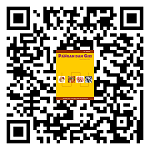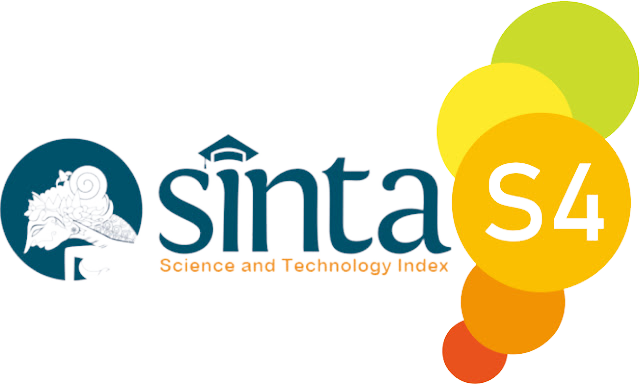Karakteristik Set Yogurt Sinbiotik dengan Penambahan Variasi Konsentrasi Ekstrak Kacang Hijau
(1) Prodi Ilmu dan Teknologi Pangan Fakultas Pertanian Universitas Garut
(2) Prodi Ilmu dan Teknologi Pangan Fakultas Pertanian Universitas Garut
(3) Prodi Ilmu dan Teknologi Pangan Fakultas Pertanian Universitas Garut
(4) Prodi Ilmu dan Teknologi Pangan Fakultas Pertanian Universitas Garut
(*) Corresponding Author
Abstract
Synbiotic set yogurt with the addition of mung bean extract has the potential as an alternative functional food that can meet the needs of people who want to have a healthy life. Mung beans are a source of prebiotics because they contain oligosaccharides in the form of raffinose and stakiose. The addition of mung bean extract concentration in the synbiotic set yogurt aims to determine the effect of increasing the concentration of mung bean extract on the microbiological, chemical, and acceptability characteristics of the synbiotic set yogurt and determine the concentration of mung bean extract that produces the best synbiotic set yogurt based on SNI. This study used a completely randomized design (CRD) with four treatments, namely P1 (15% mung beans extract), P2 (20% mung beans extract), P3 (25% mung beans extract) and P4 (30% mung beans extract). Based on the results of the research that has been done, it can be concluded that the addition of mung bean extract to the synbiotic set yogurt has a significant effect on microbiological values (prebiotics, pH, and total lactic acid bacteria), acceptability values (taste, color, texture, and overall attributes) and chemical values (ash and lactic acid content). But not significantly different from the aroma attribute. The best concentration of synbiotic set yogurt with the addition of varying concentrations of mung bean extract is found in treatment P1 (mung bean extract 15%), namely prebiotic levels of 2.6 x 108 CFU/ml, pH 3.83, total Bal 3.2 x 107 CFU/ml, ash content 0.73%, total lactic acid 0.54%, taste 1.84, aroma 2.16, color 1.60, texture 1.72 and overall 1.84
Keywords
Full Text:
PDFReferences
Adiandri, R. S., Hidayah, N., & Rahayu, E. 2014. Efek Pengolahan Terhadap Kandungan Oligosakarida dan Sifat Fisikokimia Tepung Kedelai dan Kacang Hijau. In Prosiding Seminar Hasil Penelitian Tanaman Aneka Kacang dan Umbi (p. 941).
Agoes, G. 2007.Teknologi Bahan Alam. Bandung. Penerbit ITB Press
Al-Fardhi K K, Arina T L, Endang K. 2013. Penambahan fitrat tepung umbi dahlia (Dahlia variabilis Willd.) Sebagai prebiotik dalam pembuatan yoghurt sinbiotik. Jurnal Biologi. 2 (15), 64-72.
Aminah dan Wikanastri. 2012. Karakteristik Kimia Tepung Kecambah Serealia dan Kacang- kacangan dengan Variasi Blancing. Skripsi. Program Studi S1 Teknologi Universitas Muhammadiyah Semarang.
Asero, R., Mistrello, G., Roncarolo, D., Amato, S., van, RR, 2001. Kacang buncis yang diinduksi anafilaksis. Alergi 56, 259–260
Astawan, M. (2009). Sehat Dengan Hidangan Kacang dan Biji-bijian. Penebar Swadaya, Jakarta.
Aufa, M. R., Putranto, W. S., & Balia, R. L. 2020. Pengaruh Penambahan
Article Metrics
Abstract view : 544 timesPDF - 257 times
DOI: https://doi.org/10.26714/jpg.14.1.2024.44-53
Refbacks
- There are currently no refbacks.
Copyright (c) 2024 Jurnal Pangan dan Gizi
 | Jurnal Pangan dan Gizi |

This work is licensed under a Creative Commons Attribution-NonCommercial-NoDerivatives 4.0 International License.












